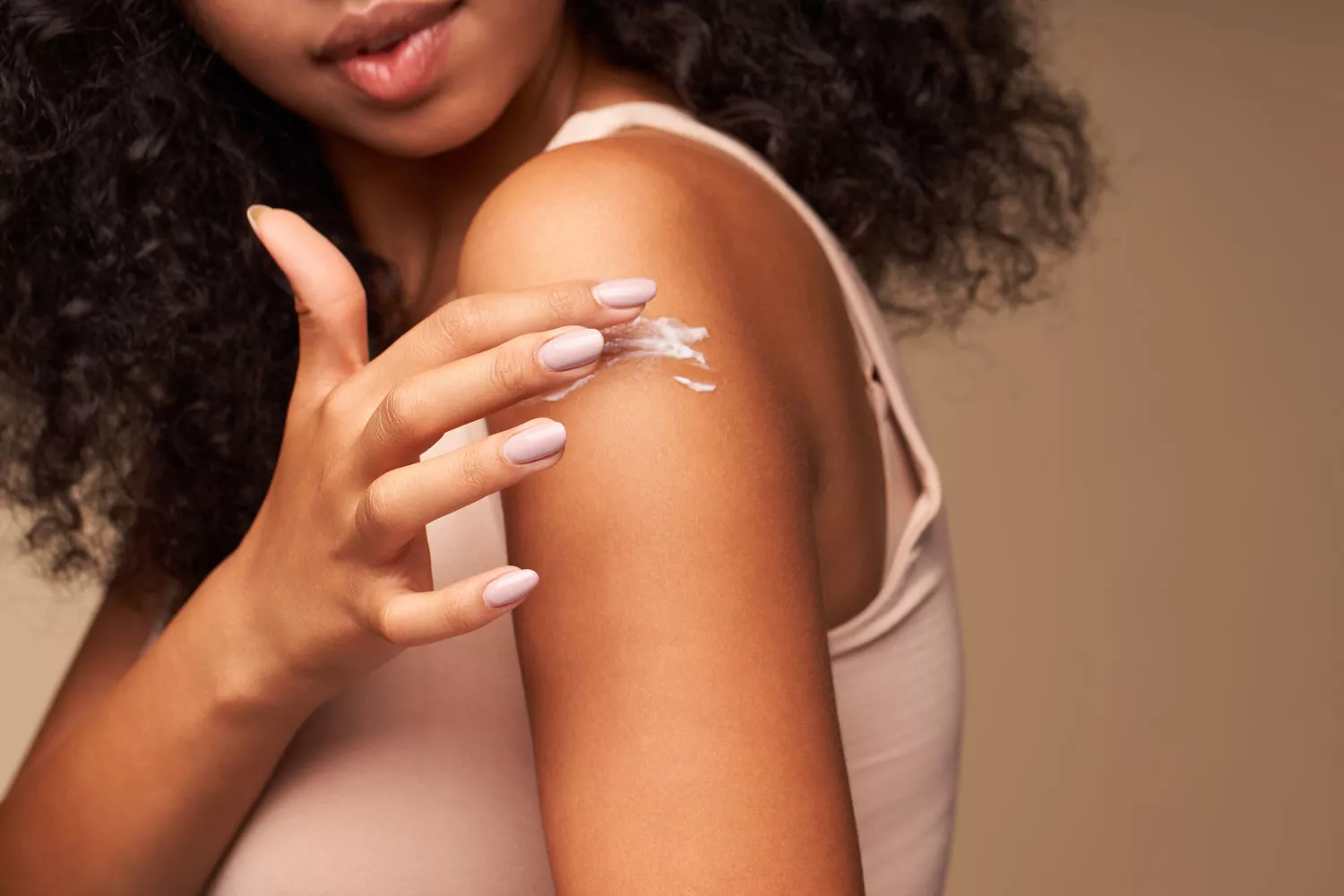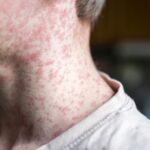Recent scientific research has shed light on the pervasive presence of potentially harmful substances within widely used personal care products. A new study, published on May 7, 2025, in Environmental Science & Toxicology Letters, specifically highlights a significant concern: the detection of formaldehyde-releasing chemicals in a notable proportion of beauty products.
What’s particularly alarming is the disproportionate rate at which these chemicals appear in products frequently marketed to and used by Black and Latina women.
Formaldehyde-Releasing Chemicals: A Known Carcinogen
Formaldehyde-releasing chemicals serve a common purpose in the beauty industry: they function as preservatives, extending the shelf life of products by inhibiting microbial growth. However, the use of these compounds carries substantial health implications. Formaldehyde itself is classified as a “known human carcinogen,” meaning it has been definitively linked to cancer in humans.
Its highly toxic nature has led to strict regulations in various regions, notably its ban from use in beauty products by the European Union as of 2009 for the direct formaldehyde component, with ongoing efforts to reduce exposure from releasers.
Disproportionate Exposure: Impact on Black and Latina Women
The study’s findings reveal a concerning pattern of exposure. Researchers analyzed personal care products regularly used by a cohort of Black and Latina women. The results indicated that more than half—specifically, 53% of participants—reported using at least one product that contained formaldehyde or formaldehyde-releasing preservatives.
This builds upon previous research that has already characterized a “disproportionate burden” of beauty product-related chemical exposures among Black women and Latinas, highlighting an existing health disparity.
Beyond Hair Straighteners: Widespread Product Presence
While formaldehyde-releasing chemicals have been a known concern in certain hair-straightening products, this new study broadens the scope of the issue significantly. Dr. Robin Dodson, an exposure scientist at the Silent Spring Institute, which conducted the research, emphasized that the problem extends far beyond a single product category.
The chemicals were identified in a wide array of daily personal care items, found in approximately 47% of skincare products and 58% of haircare products that contained these formaldehyde releasers among the study participants. This includes common items such as shampoos, lotions, body soaps, and even eyelash glue, illustrating how pervasive these chemicals are in everyday routines.
Understanding the Health Implications of Repeated Exposure
The presence of these chemicals in daily-use products raises critical questions about cumulative health effects. While individual exposures might appear minimal, the consistent, repeated application of multiple products containing these substances can lead to an accumulation of exposure over time.
As Dr. Dodson notes, “These chemicals are in products we use all the time, all over our bodies. Repeated exposures like these can add up and cause serious harm.” Potential health concerns linked to formaldehyde exposure include various forms of cancer, as well as respiratory and skin irritation.
Systemic Factors: Beauty Standards and Health Disparities
The study subtly, yet importantly, touches upon the systemic factors that contribute to these health disparities. The research points out that “previous studies have characterized the disproportionate burden of [beauty product]-related exposures among Black women and Latinas.”
It suggests that societal pressures, particularly “hair discrimination and racialized beauty standards,” can often “drive use of hair-straightening products among Black women compared to White women.” This use is sometimes driven by the desire to “better ensure social and economic opportunity,” illustrating how broader societal norms can inadvertently contribute to increased chemical exposure and associated health risks within certain communities.
Challenges in Identifying Harmful Ingredients
For the average consumer, identifying these problematic ingredients can be a significant challenge. Dr. Dodson explains that formaldehyde-releasing chemicals often possess “long, weird, funny names” that do not explicitly contain the word “formaldehyde.”
For example, DMDM hydantoin was the most commonly found formaldehyde-releasing preservative in the study. This linguistic barrier means that even diligent consumers who read ingredient lists may unknowingly purchase products containing these hidden carcinogens, underscoring the need for clearer labeling and greater transparency.
Recommendations for Consumer Safety and Regulatory Action
In light of these findings, the study advocates for greater consumer protection and potential regulatory reforms. One suggested temporary solution includes implementing clear warning labels on products that contain formaldehyde-releasing chemicals, similar to existing allergen warnings. Looking further ahead, the research implicitly calls for a re-evaluation of current regulations in the United States, drawing parallels with the stricter standards already adopted by the European Union.
Empowering consumers with accessible information and encouraging advocacy for safer cosmetic products are crucial steps toward mitigating these health risks and fostering a more equitable beauty industry.








